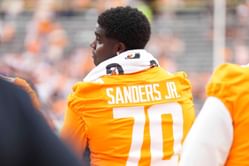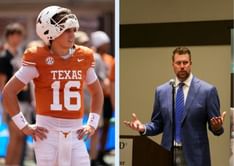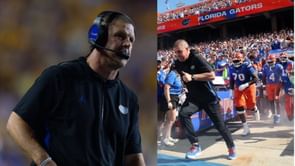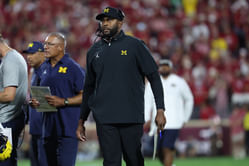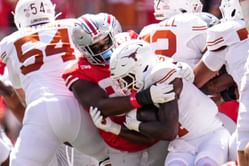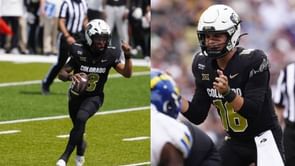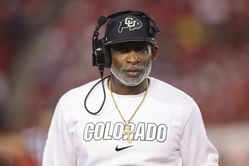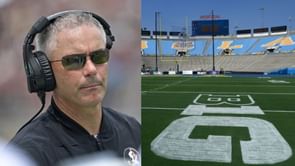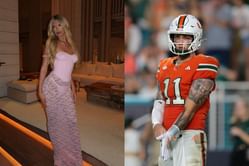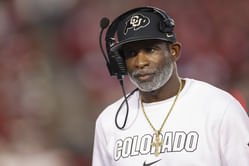
College sports have long been revered for their traditions and the spirit of amateurism. However, the debate over whether college athletes should be remunerated has intensified over the years. In response to these growing discussions, the NCAA introduced the interim policy on name, image, and likeness (NIL) in June 2021, heralding a new chapter in college sports. This groundbreaking move allows student-athletes to capitalize on their personal brands, sparking a complex, state-specific landscape that both athletes and institutions must navigate.
What Does NIL in college Mean?
The concept of NIL in college, an acronym for name, image, and likeness, constitutes the core elements of the "right of publicity." This legal construct governs the usage of individuals' personas for the promotion of products or services. The essence of this protection rests on preventing unauthorized commercial exploitation, such as using an athlete's image to endorse products without their explicit consent. The NCAA has faced prolonged criticism for profiting from student-athletes NIL while withholding their ability to benefit from their own brand.
The NCAA NIL Rule
The NCAA's interim policy, enacted in 2021, comprises three fundamental components. Firstly, it allows athletes to engage in NIL activities in accordance with their respective state laws. Secondly, it permits athletes in states without specific NIL laws to participate in such activities without violating NCAA regulations. Finally, it enables student-athletes to seek professional assistance for managing their NIL endeavors, emphasizing the importance of compliance with state, school, and conference guidelines.
NIL Activities for Student-Athletes
With the NCAA's revised stance on NIL in college, student-athletes now possess the liberty to monetize various aspects of their personal brands. Some of the avenues through which they can leverage their name, image, and likeness include autograph sessions, sports camps, personal appearances, merchandise sales, affiliate roles, NFT creation, content creation such as blogging and podcasting, public speaking engagements, as well as showcasing their talents in music and art. This paradigm shift has opened up a multitude of opportunities for athletes to profit from their hard-earned recognition and skills.
Who Benefits and How It Affects Everyone
While the newfound NIL regulations offer promising prospects for student-athletes, the impact is not evenly distributed. The lion's share of benefits tends to accrue to top-tier college football players hailing from prestigious institutions. Notably, some of these athletes have secured lucrative deals amounting to hundreds of thousands or even millions of dollars. However, it is crucial to acknowledge that athletes across various tiers have the potential to earn varying degrees of compensation, aligning with the diverse nature of the collegiate sports landscape. As the scenario unfolds, it becomes evident that while a select few emerge as major beneficiaries, the broader athlete community stands to gain from this transformative shift in policy.
The era of NIL in college football embodies a transformative juncture in the realm of collegiate athletics. As the NCAA continues to navigate the complexities of balancing athlete compensation and the preservation of the amateur spirit, the adoption of NIL in college regulations signals a progressive step forward. By empowering student-athletes to leverage their individual brands, the NCAA acknowledges their contributions and sets the stage for a more equitable and inclusive collegiate sports environment. As this landscape continues to evolve, it remains imperative to prioritize fair and transparent practices that uphold the integrity and spirit of collegiate sports.
FAQs
NIL stands for name, image, and likeness, encompassing the rights of student-athletes to profit from their personal brands.
The NCAA's interim policy aims to enable student-athletes to engage in NIL activities while adhering to relevant state laws and NCAA regulations.
Student-athletes can participate in activities like autograph sessions, merchandise sales, NFT creation, blogging, podcasting, and public speaking engagements, among others.
The top-tier college football players from prestigious institutions tend to be the primary beneficiaries, securing substantial deals ranging from hundreds of thousands to millions of dollars.
While some athletes benefit significantly, the policy presents opportunities for athletes across various tiers to earn varying degrees of compensation, leading to a more inclusive and equitable environment for collegiate sports.
